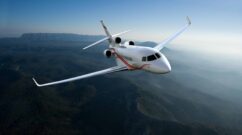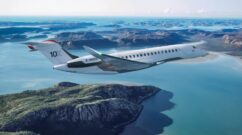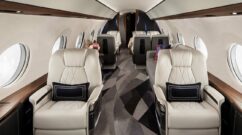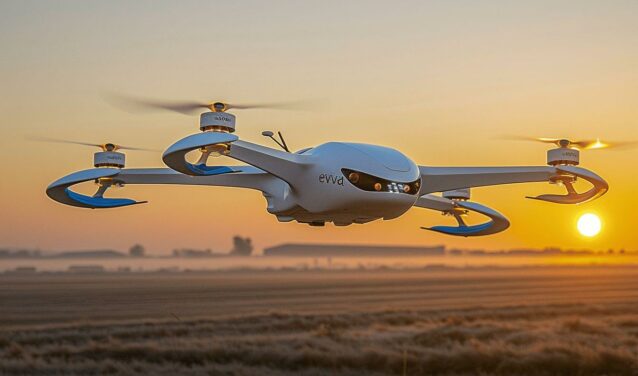The world of autonomous aviation reaches a new milestone with the successful first flight of Pipistrel’s eVTOL Nuuva V300 drone. This technological feat, achieved in Slovenia in January 2025, marks a turning point in air freight transport. The Nuuva V300, a hybrid-electric cargo drone, combines performance and innovation to meet the logistics challenges of the future.
Impressive features of the Nuuva V300
The Nuuva V300 stands out for its remarkable technical specifications. With a wingspan of 13.20 meters and a height of 3.10 meters, this imposing drone boasts a wing area of 23 square meters. Its load capacity is equally impressive, carrying up to 272 kilograms of cargo over a maximum distance of 555 kilometers.
The central nacelle, the heart of the Nuuva V300, offers optimized cargo space:
- Height: 1 meter
- Width: 0.85 meters
- Length: 3.65 meters
This configuration allows easy loading from the front, similarly optimizing logistics operations on the ground.
State-of-the-art technology for optimum performance
The Nuuva V300’s propulsion system combines eight Pipistrel E811 electric motors with a combustion engine. This hybrid configuration enables the drone to reach an impressive cruising speed of 220 km/h, while preserving its energy efficiency.
Flight control, supplied by Honeywell, incorporates a triply redundant system to guarantee maximum safety. This cutting-edge technology enables the Nuuva V300 not only to be piloted remotely from a control station, but also to fly autonomously, even out of the operator’s line of sight.
| Features | Value |
|---|---|
| Load capacity | 272 kg |
| Maximum range | 555 km |
| Cruising speed | 220 km/h |
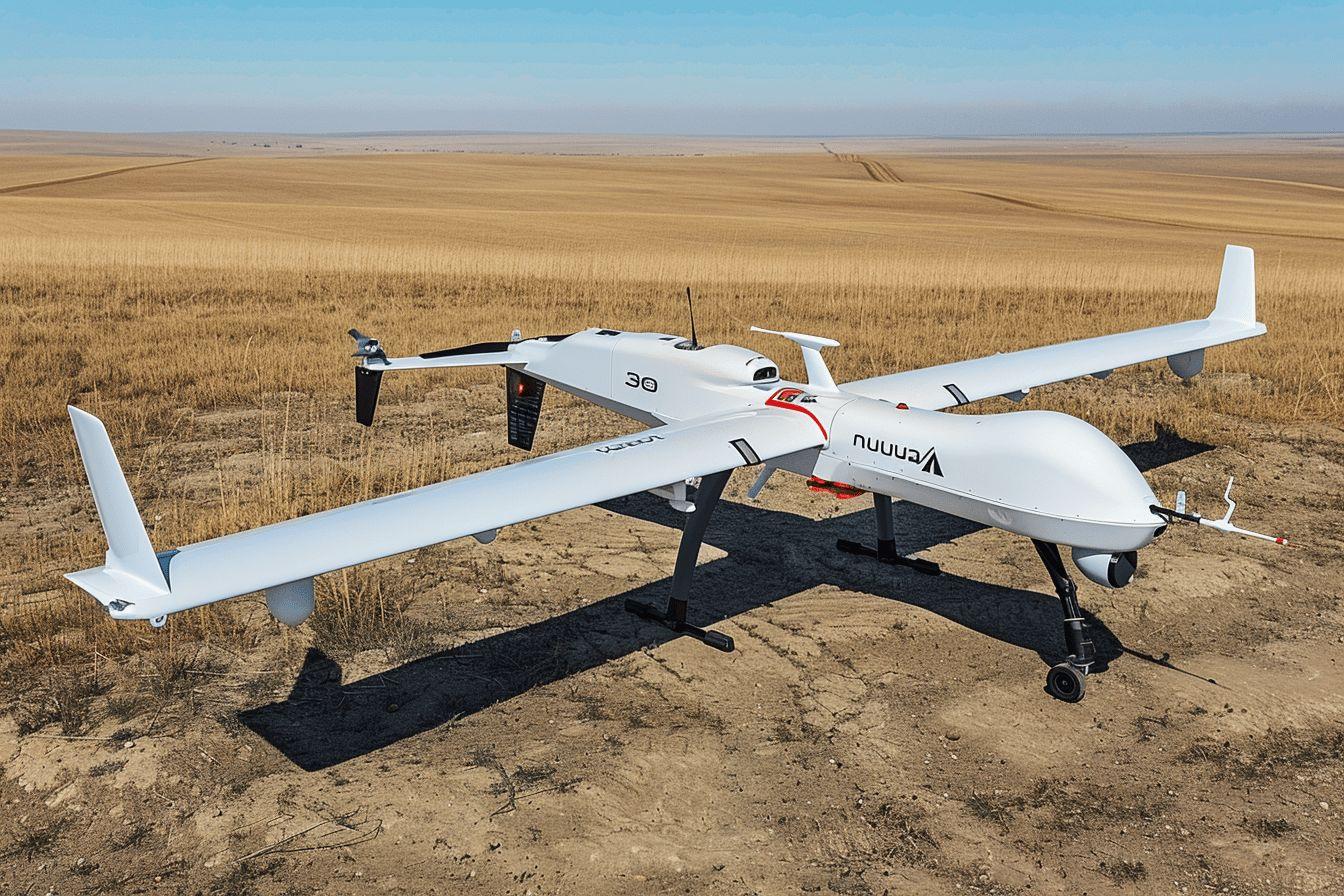
Multiple applications and revolutionary potential
The Nuuva V300 is not limited to conventional freight transport. Its innovative vertical take-off and landing (eVTOL) concept enables it to operate without a runway, opening up new prospects in a variety of fields:
- Delivery of goods to hard-to-reach areas
- Military operations requiring agile logistics
- Rapid response to natural disasters
- Logistical support for humanitarian missions
This versatility positions the Nuuva V300 as a key player in the air logistics revolution, capable of meeting a wide range of complex needs.
A promising development for the future
The Nuuva V300’s first flight, albeit limited to a hover, marks the start of a vital testing phase. Pipistrel, now an integral part of Textron eAviation, plans to gradually expand the flight envelope of this innovative cargo drone.
The introduction of a second prototype in 2025 should accelerate flight testing, enabling a more thorough evaluation of the Nuuva V300’s performance and reliability, essential to validate the concept and prepare for eventual large-scale production.
Impact on the aeronautics industry and future prospects
The successful maiden flight of the Nuuva V300 represents much more than just a technological breakthrough. It represents a decisive step towards the transformation of air freight transport. This innovation could redefine industry standards in terms of efficiency, flexibility and sustainability.
The integration of hybrid and electric technologies in cargo aviation paves the way for a significant reduction in the sector’s carbon footprint. As a result, the Nuuva V300 could become a model for the development of future greener air transport solutions.
As testing progresses and the technology matures, we can expect to see the emergence of new applications and ongoing improvements. Autonomous aviation, embodied by projects such as the Nuuva V300, promises to modernize not only logistics, but also our very conception of air transport.

